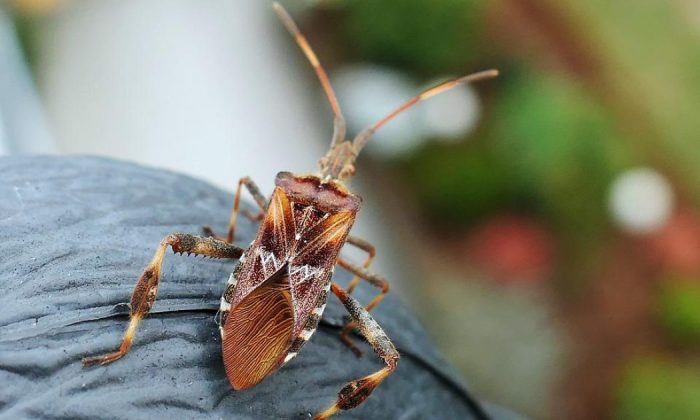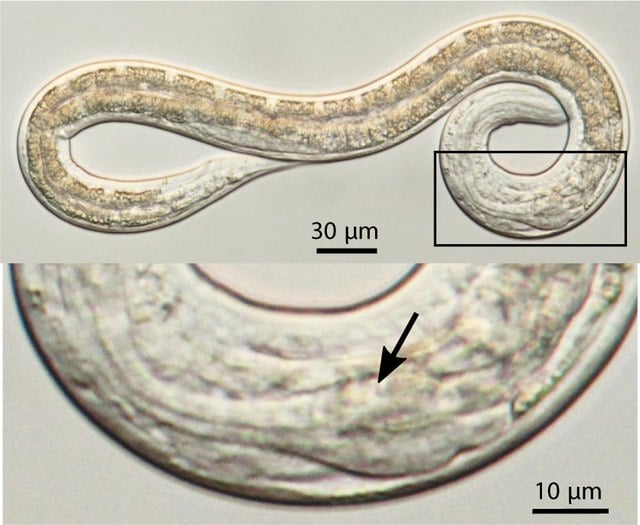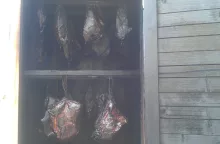Nematodes or roundworms are not pests but beneficial creatures

Parasitic nematodes. Yes, it sounds dangerous and scary but you do not need to be afraid of these creatures as they offer an ecological way to get rid of some pests that lay eggs in soil and whose larvae feed on roots. A typical example of this pest is Sciara, a small black fly. You can try to catch them on yellow sticky boards or you may try steaming the substrate, but surprisingly, nematodes are most effective!
Fight weevils
Heterorhabditis are also very useful against weevils (Otiorhynchus). This beetle is known for its typical long “nose” and antennae and it is very dangerous especially for your rhododendrons, azaleas and strawberries. It munches on leaves and destroys them quickly. But it reproduces even faster. These creatures are active during night so you do not see them much during the day. They are inconspicuous and that makes them especially dangerous. Weevils lay eggs in soil around roots and when they hatch, larvae eat roots. This creature is bad both as a larva and as an adult. That is why you need to get rid of it as soon as possible.
Photo: Commons.wikimedia.org, Autor Dihong Lu
When should you try parasitic nematodes?
Well, you need to use parasitic nematodes when larvae hatch from the eggs. So, if you want to fight weevils the best time is from August to about mid-October. Nematodes are not dangerous to plants as they only feed on hatched larvae of other pests. Nematodes multiply quickly too, which is good but if you use them at the wrong time, when there are not hatched eggs, there will be not enough food for nematodes and they will die. Again, nematodes will not harm your plants but you will waste their potential.
Nematodes multiply quickly
If the package of parasitic nematodes you got seems too small, do not despair. Each nematode gets inside the host (the larva), where it lays about 1,500 eggs. Nematodes hatch inside the larva and spread quickly and look for other hosts. The area protected by the nematodes gradually expands. Nematodes will protect the area for about six weeks.
Codling moth
Cydia pomonella is another very unpleasant pest and attacks various fruit trees. To eliminate these pests you can use nematodes of the genus Steinernema. They are also used against Bradysia paupera and in potted flowers and you can use them all year round. If you want to protect fruit trees, use these nematodes from October to December, when the air temperature is at least 10 °C for several hours a day. Using Steinernema allows you to get rid of up to 80% of all overwintering caterpillars of codling moth. As you see the use of nematodes is very simple and you only need to do it once – one application is enough.
Source:
https://www.ireceptar.cz/…tml
https://www.pasti.cz/…al/
Preview photo: Pixabay

Gardening is my hobby, I have a lot of experience and I am happy to share it.









0 comments